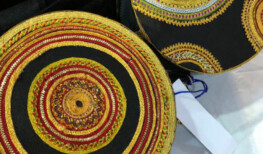Conservation and Management of Local Environmental Habitats
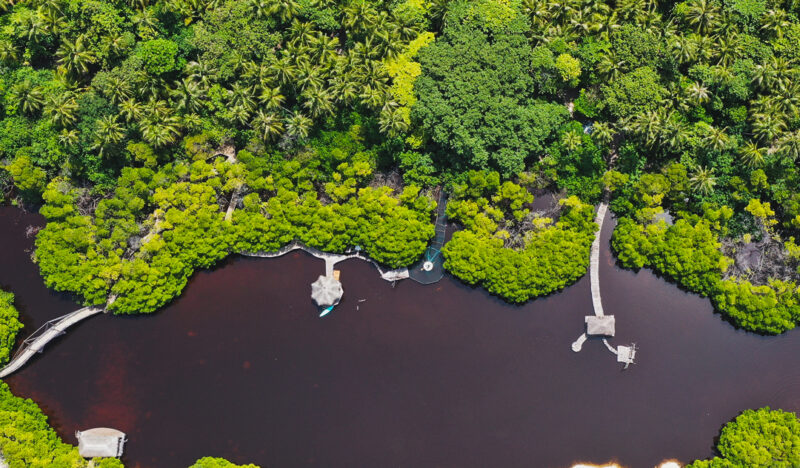
These photos are shots of Kendhikulhudhoo, residing in the Noonu atoll.

For the past few years, Noonu Atoll’s Kendhikulhudhoo has reported the decay of the wetlands. Further decay will result in disastrous results in further loss of the mangrove conservation.


The main reason why Kendhikulhudhoo garners a lot of visitors is due to the beauty of its mangrove wetlands. But if the area is largely utilised to transform and establish bridges, walkways and platforms, the environmental landscapes will be destroyed.

In the Maldives, coral reefs, coastal vegetation and mangroves play a crucial role to our islands. It is important to preserve and conserve these natural habitats for the future and even the local economy.
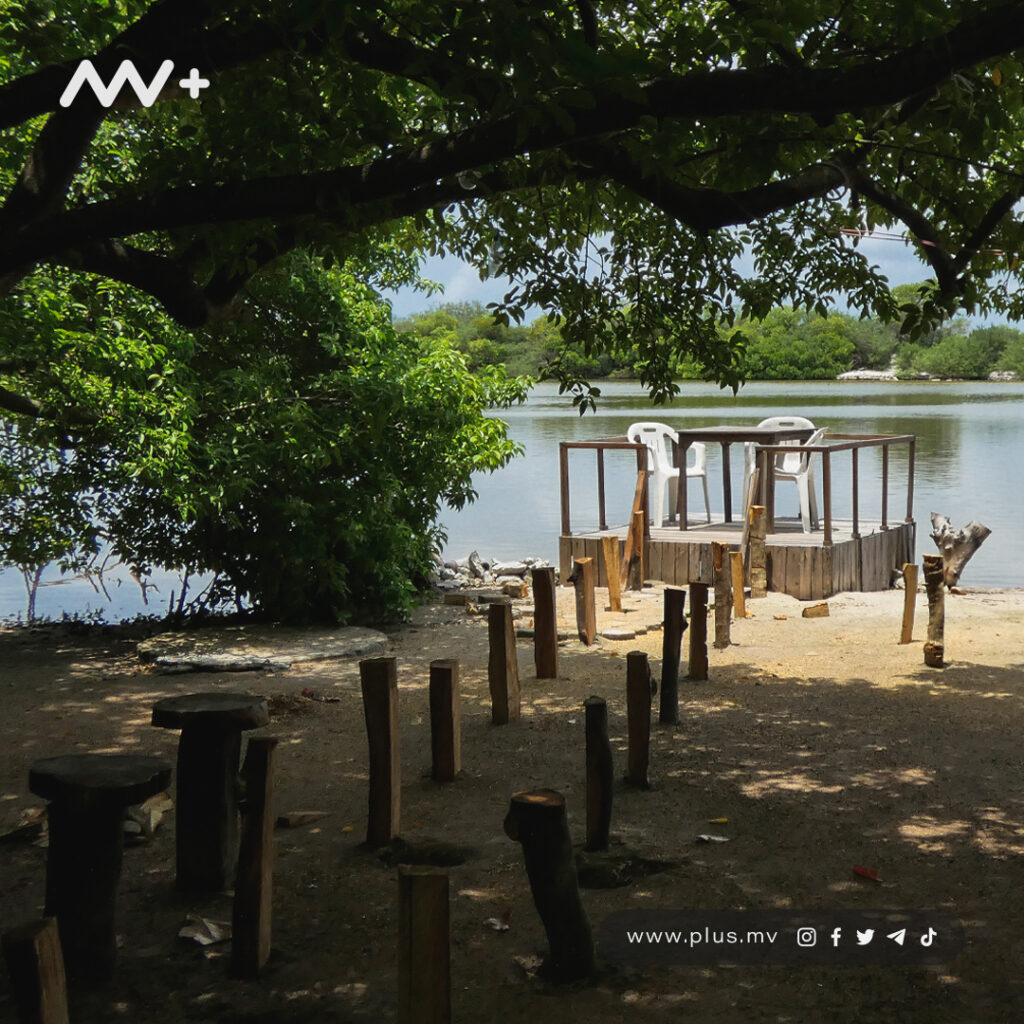
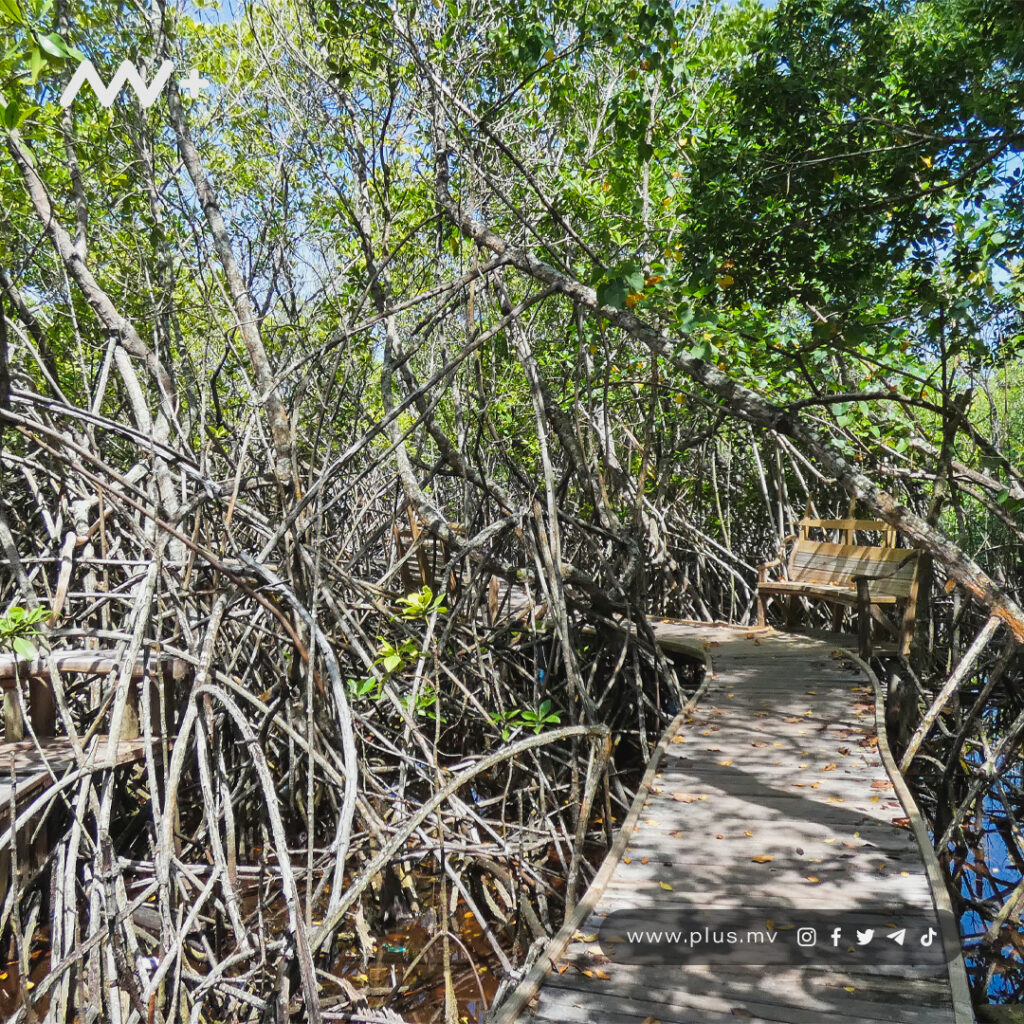
The negligence and wilfully destroying mangrove is an ongoing project by the government. By declaring these locations as protected sites on paper and continuing to destroy them results in the destruction of the wetlands and ecosystems.
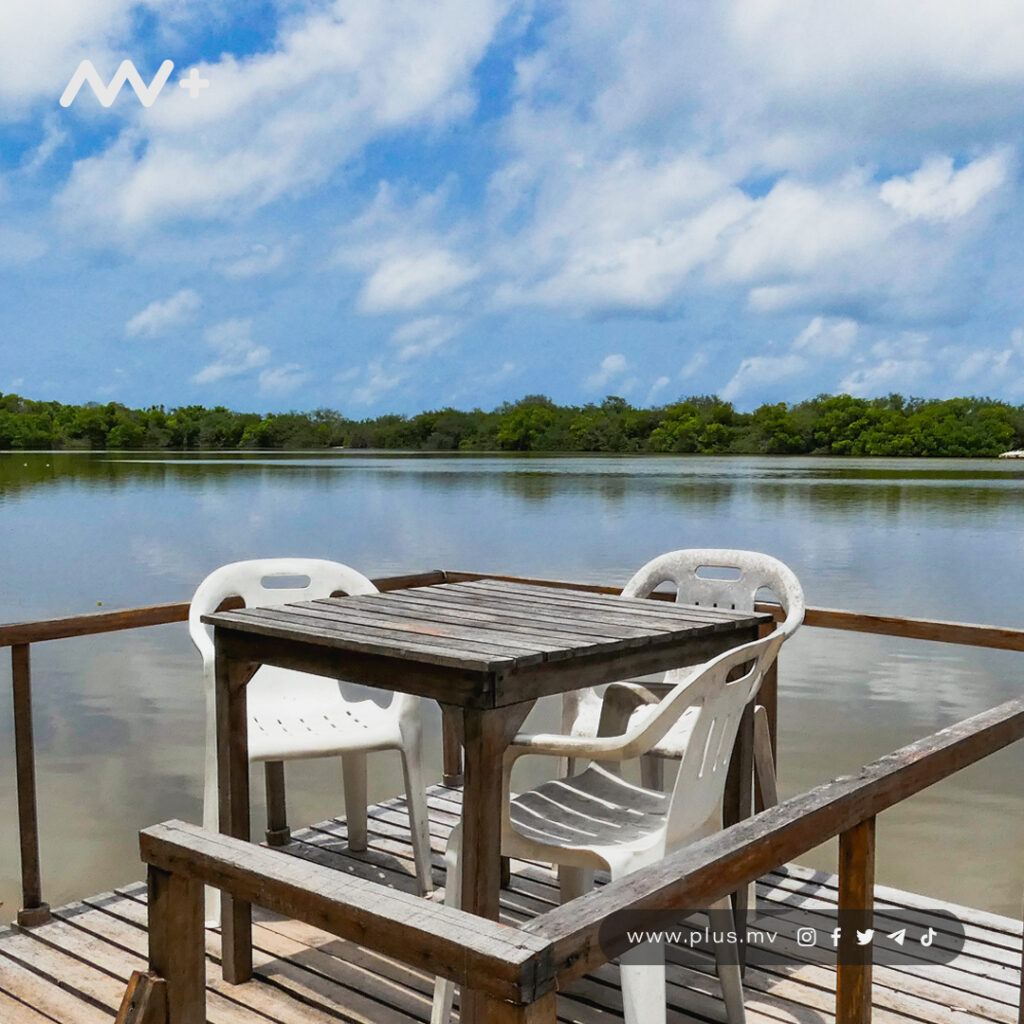
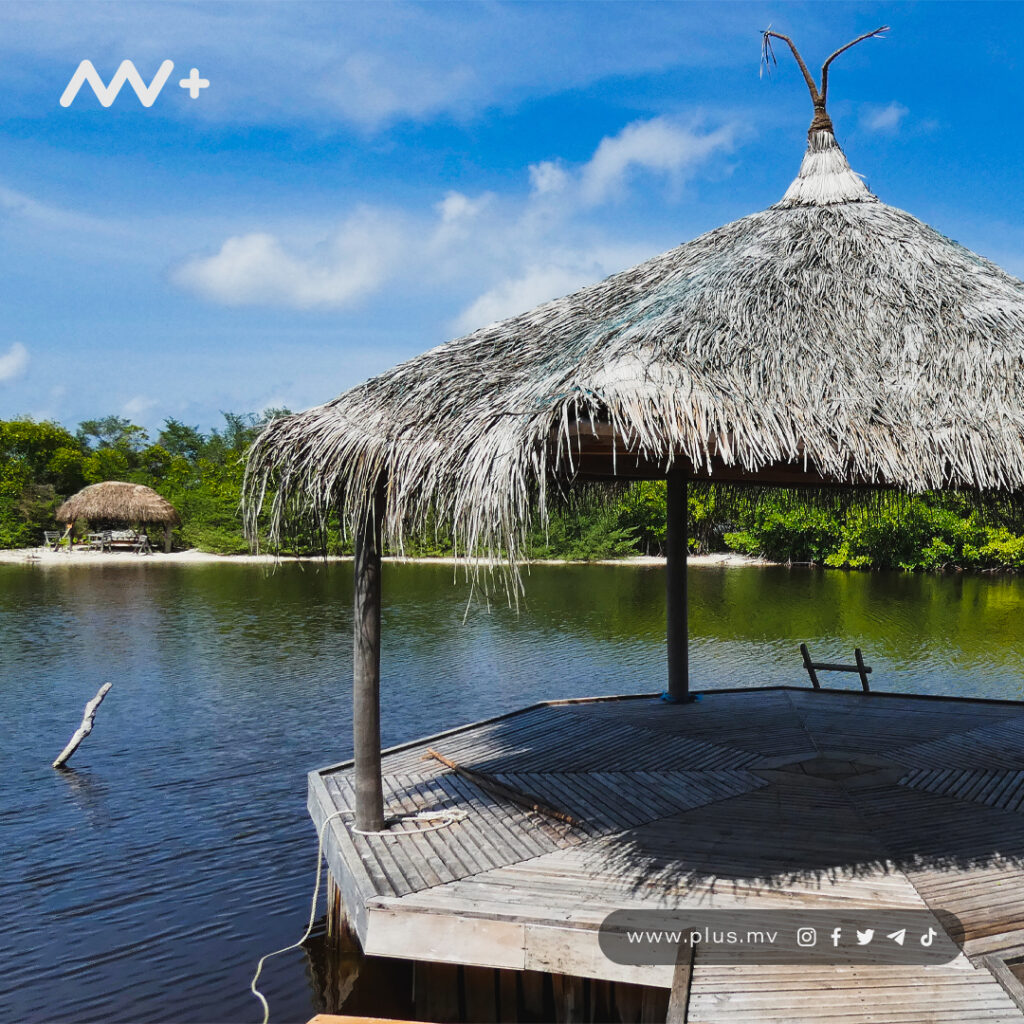
Mangoves are unique ecological environments that host rich species. They are home to a variety of epibenthic, infaunal, and meiofauna invertebrates. The mangrove areas are highly productive ecosystems that contribute to the food chains of the islands.

They are also vital to the ecosystems and filter our nutrients and sand that grows on the house reef around the islands.

#conservationforeconomicgrowth






